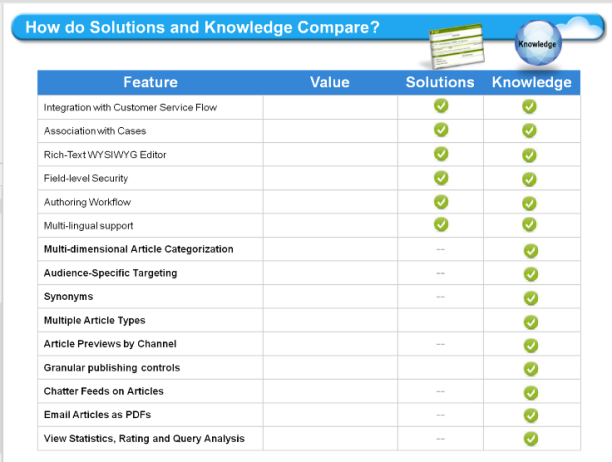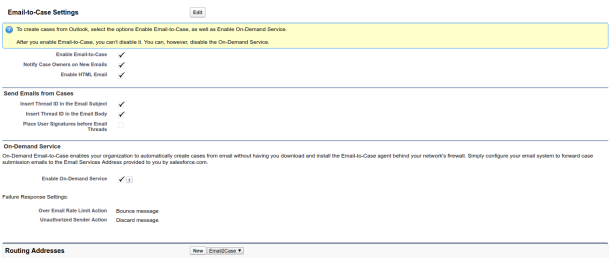Assets are used to track what products or services a customer has previously purchased, and are referenced in other areas of the Service Cloud such as entitlements and work orders.
While products represent the items that your company sells, assets represent the specific products your customers have purchased. Assets have a serial number, date of purchase, and other information related to an individual sale. Depending on how your organization uses assets, they can represent a competitor product that your customer has or versions of your products.
Use assets to store specific information about the products your customers have. You can view assets on the Assets tab. Depending on your page layouts, you also can view asset related lists on your account, contact, and product page layouts.
You can introduce hierarchy to assets in your org to represent more complex products. An asset hierarchy can contain up to 10,000 assets. Define relationships between assets using the Parent Asset field on assets.
If your admin has set up entitlements, your customers may be eligible for support based on an asset they’ve purchased.
A work order represents work to be performed on your customers’ products
Work Orders were introduced in the Spring ’16 Release of Salesforce, and are used to represent action(s) that are performed on product or asset.
For example, a customer service rep (CSR) at ABC Refrigeration receives a phone call that the customer’s refrigerator (asset) does not work. The CSR creates a case to track the customer’s problem. After troubleshooting with the customer using Knowledge Articles, the CSR acknowledges that a service technician will need to be dispatched to repair the refrigerator. A Work Order is issued to track the repair.




 When you mark opportunities Private, any opportunity teams, opportunity splits, and sharing are removed. (The owner of a private opportunity receives 100% of split types that total that amount.)
When you mark opportunities Private, any opportunity teams, opportunity splits, and sharing are removed. (The owner of a private opportunity receives 100% of split types that total that amount.)

Recent Comments